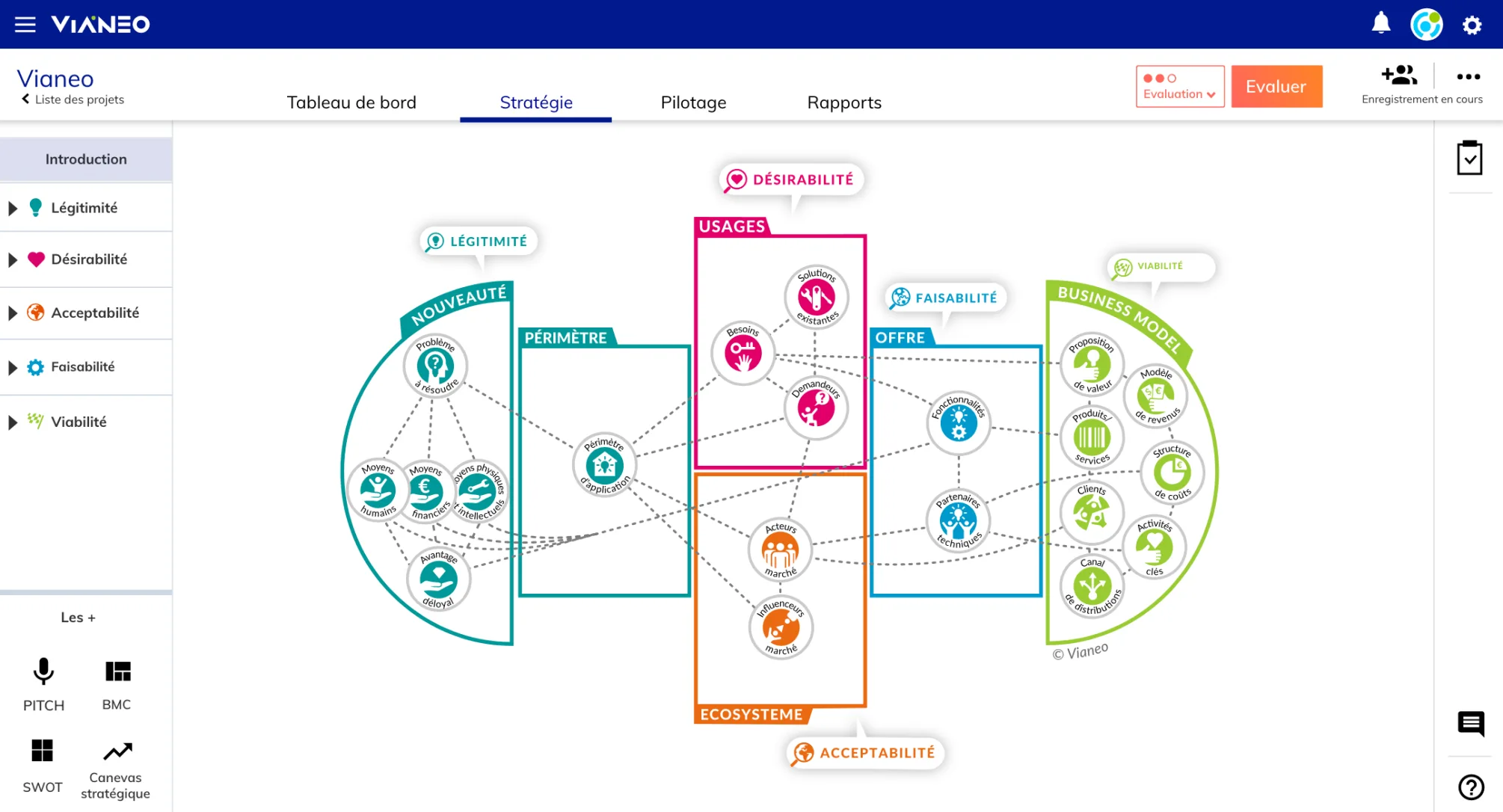This is a fictional account. Any resemblance with real cases is coincidental.
Once upon a time there was a multinational whose executives came to the realization that their good fortune would not last forever. They would even privately admit that their future products would probably be very different from their current ones. With this in mind, they turned to their employees and entrusted them with exploring new development ideas. With so many talented people trained in the best international schools and recruited for their skills and human qualities, new ideas were bound to emerge. The goal was also to tap these resources before they left the company to set up their own businesses…
But with this decision came key questions:
– Which employees are most likely to come up with ideas?
– What is the most favorable environment for the emergence and implementation of these ideas?
– And how can these ideas be transformed into realistic projects?
– …
The pragmatic executives of the multinational shared their thoughts with the managers of key departments, Research & Development, and Human Resources.
By definition, Research & Development employees would certainly be the most likely to propose ideas. And the Human Resource department’s mission was to promote a managerial and organizational environment which helps a company face its development challenges.
The last issue was to determine how to transform these ideas into projects. Together with other departments, the executives realized that they had to adopt another project management method, one that would allow for a degree of uncertainty, place the human factor at the heart of the project, and encourage value-sharing among stakeholders. This new approach also had to accept that prediction is not an exact science, that projects may need to be redefined along the way, and that action is better than idleness! This approach would help the team build its project using its own resources with a forward-looking vision.
The R&D manager stated that this approach was most suited for entrepreneurs, not project managers. He even referred to a conference he had attended on the principles of effectuation: “We need to apply and adapt these principles to our organization. They are the backbone of entrepreneurship.” This was a notion shared by the HR manager.
The two managers who were pleasantly surprised to agree on this key vision now had to lay out a roadmap to educate employees to the innovator’s approach, initiate calls for projects, propose an exploratory method to manage innovative projects, set up the intrapreneur roadmap, start a community of innovators, and, most and foremost, transform ideas into genuine added-value projects.
If you want to know the end of the story, contact the Vianeo team who will be happy to tell you all about it!
With Vianeo, evaluate, select and manage a portfolio of innovative projects

